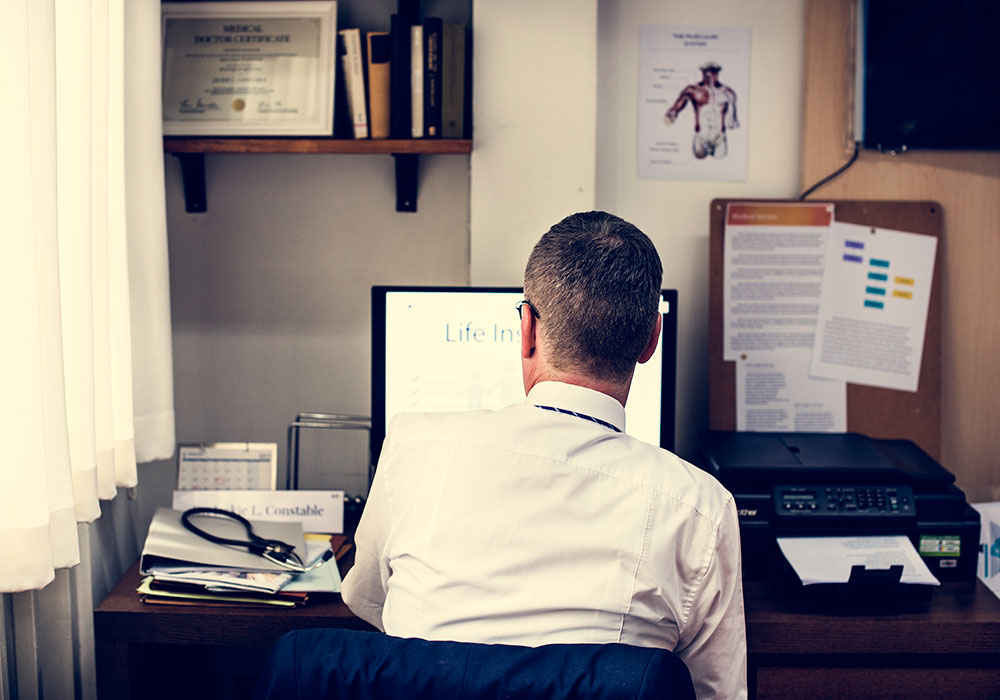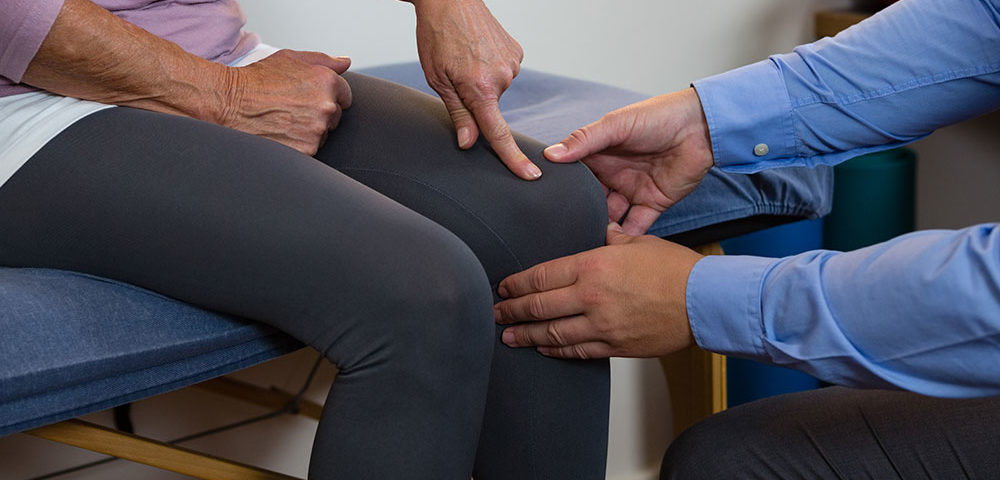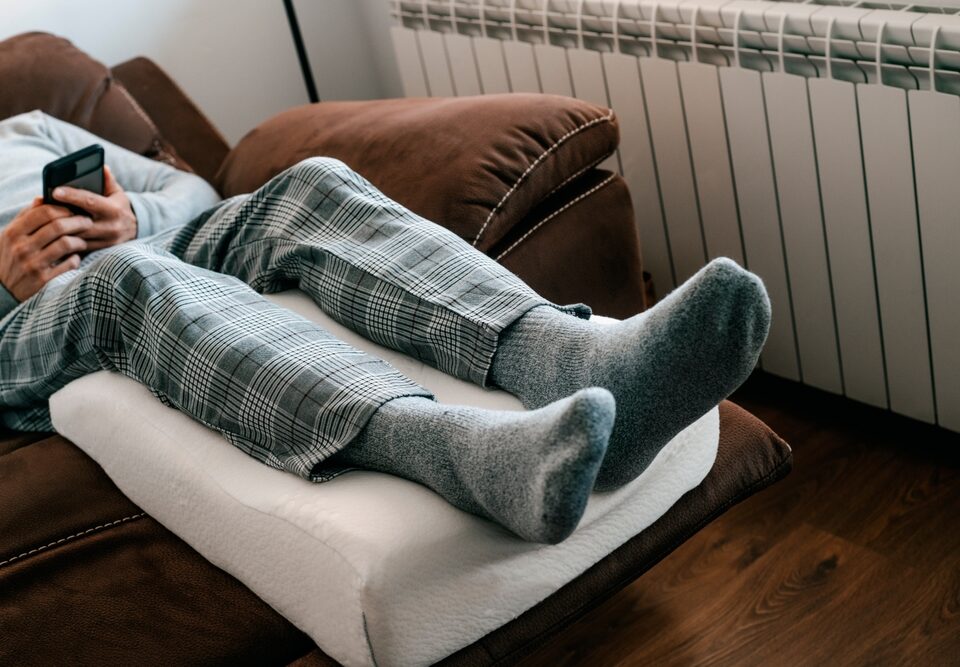
Do Varicose Veins Grow Back After Being Removed?
August 21, 2019
Thryoid Gland Removal
August 26, 2019Endovenous Ablation for Varicose Veins in Maryland
Venous ablation is an excellent nonsurgical alternative for the treatment of varicose veins. Not only is it safe and effective, it takes place in an office-setting and allows patients to resume normal activities the following day.
However, as with any medical procedure, there are potential risks associated with treatment.
So, what are the side effects for a venous ablation?
Continue reading to learn what patients can expect during and after treatment, including possible risks and side effects.
What is Venous Ablation?
Venous ablation is a minimally-invasive procedure that is designed to seal varicose veins and reduce associated symptoms. It is performed in the comfort of our office in 60-90 minutes and requires little to no downtime.
How Does the Procedure Work?
Prior to treatment, ultrasound technology is used to identify and mark the damaged vessel. Skin is then cleansed and numbed with a local anesthetic.
Next, a thin laser fiber is inserted into the affected vein. It emits light-based energy in order to cauterize and close the vessel. Eventually, blood flow is rerouted from the varicose vein to a healthy vein.
What Are the Side Effects for a Venous Ablation?
In the hands of a skilled and experienced vein specialist, this procedure is extremely safe.
However, there are possible risks and side effects that patients should be aware of.
Here’s everything you need to know if you’re wondering, “What are the side effects for a venous ablation?”
Infection is one of the most-preventable complications. We take every precaution throughout the procedure to maintain a sterile and safe environment. Post-treatment, you can limit the chance of infection by keeping the area clean, washing hands frequently, and changing bandages and dressings regularly.
Other potential side-effects include itching, discomfort, swelling, redness, bleeding, and bruising at the treatment site. Patients may also experience burns and skin discoloration secondary to prolonged contact with the laser as well as nerve damage, tingling, and numbness.
Finally, deep venous thrombosis (DVT) is an extremely rare complication. It occurs when a clot forms in a deep vein and may present with pain, swelling, and tenderness in the calf or leg, along with swelling and a bluish discoloration.
Learn More About Venous Ablation
If you are interested in learning more about venous ablation and/or varicose veins Maryland, please contact The Vein Center of Maryland today to schedule a consultation with one of our highly skilled and experienced vein specialists.



